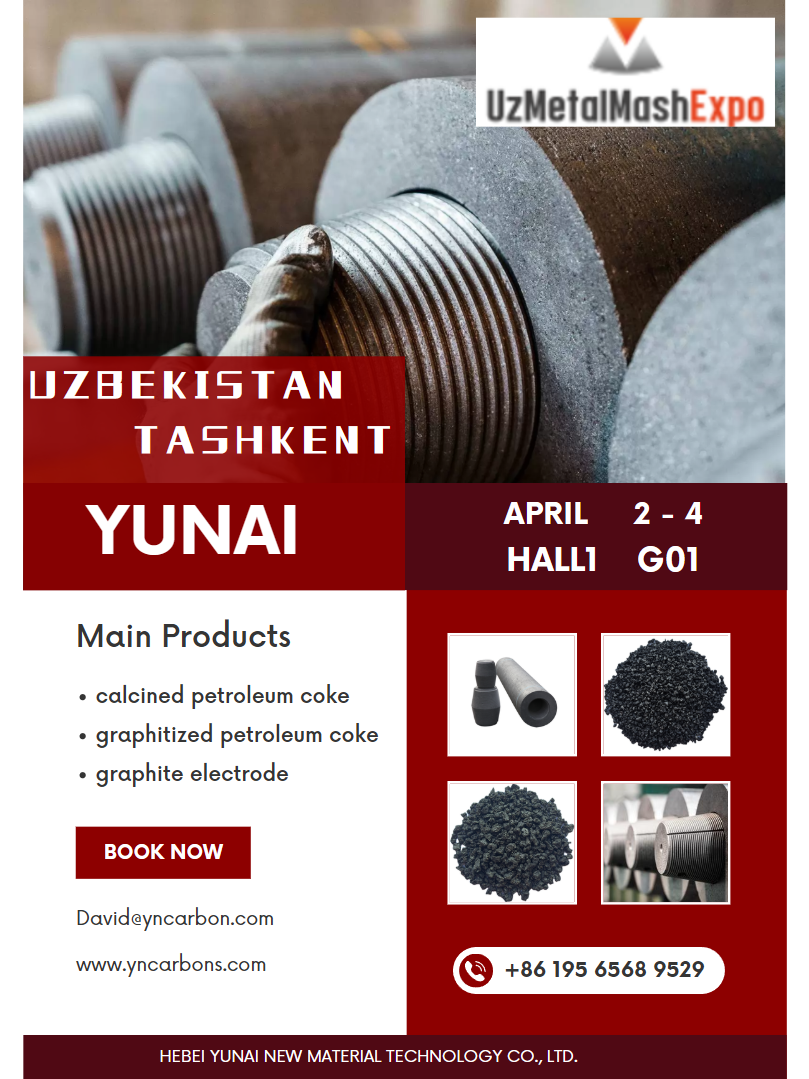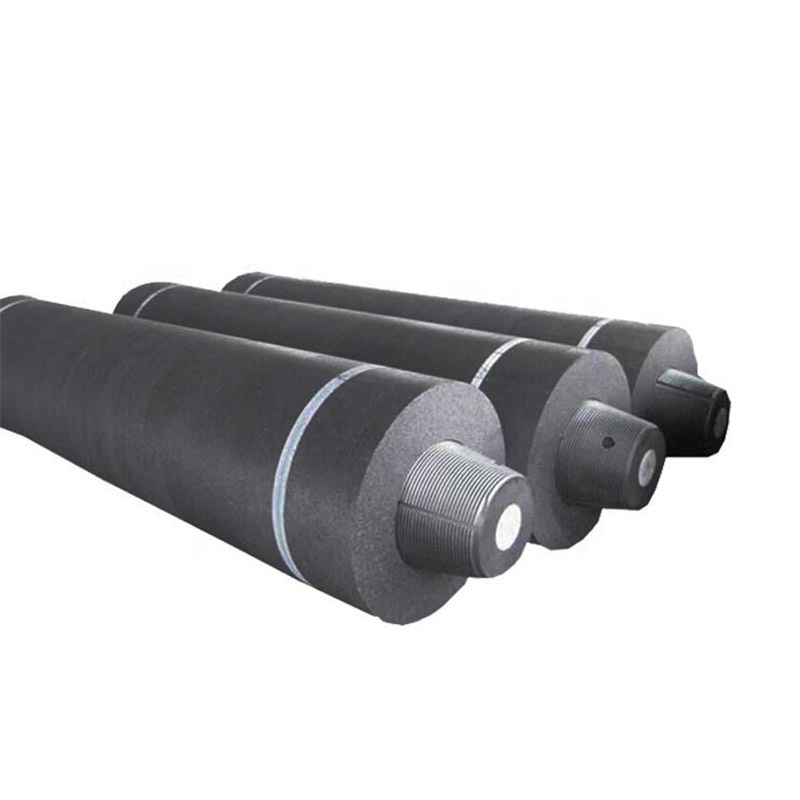Understanding RP Graphite Electrodes: Essential Insights for Metallurgy and Energy Industries
Release Time:
Jun 23,2025
RP (Regular Power) graphite electrodes are pivotal in various industrial applications, particularly in metallurgy and energy sectors. These electrodes are chiefly utilized in electric arc furnaces (EAF) for steel production, where they facilitate the melting of scrap steel and other raw materials. The use of RP graphite electrodes has become increasingly important due to their excellent electrical

RP (Regular Power) graphite electrodes are pivotal in various industrial applications, particularly in metallurgy and energy sectors. These electrodes are chiefly utilized in electric arc furnaces (EAF) for steel production, where they facilitate the melting of scrap steel and other raw materials. The use of RP graphite electrodes has become increasingly important due to their excellent electrical conductivity, high thermal resistance, and chemical inertness, making them ideal for high-temperature applications.
One of the primary advantages of RP graphite electrodes is their ability to withstand extreme conditions. These electrodes are manufactured from high-quality petroleum needle coke and pitch, which contribute to their durability. In electric arc furnaces, where temperatures can exceed 3,000 degrees Celsius, the stability of RP graphite electrodes ensures efficient melting processes and reduced wear and tear. This translates into enhanced productivity and reduced downtime, which are critical factors for industries looking to optimize their operations.
Furthermore, RP graphite electrodes demonstrate superior electrical conductivity compared to other materials, allowing for efficient current transfer. This characteristic is vital in electric arc furnaces, where maximizing power input is essential for achieving desired melting rates. The efficiency of RP graphite electrodes not only contributes to better energy usage but also supports the overall sustainability goals of industries seeking to minimize their carbon footprint.
In terms of applications, RP graphite electrodes are not limited to steel production. They are also used in the production of non-ferrous metals, such as aluminum and copper. Their versatility extends to applications in the manufacturing of silicon carbide, where they play a critical role in the production process. As industries continue to evolve, the demand for RP graphite electrodes is expected to rise, driven by the need for efficient and reliable manufacturing solutions.
Moreover, the quality of RP graphite electrodes significantly impacts the overall performance of electric arc furnaces. Higher-grade electrodes can improve melting efficiency and lower energy consumption, resulting in cost savings for manufacturers. It is crucial for businesses to consider the specifications and sourcing of their graphite electrodes to ensure they meet the demands of their specific applications.
In conclusion, RP graphite electrodes serve as a cornerstone in the metallurgy and energy sectors, offering a combination of durability, efficiency, and versatility. Understanding the technical aspects and benefits of these electrodes can empower industry professionals to make informed decisions that enhance operational performance and sustainability. As the landscape of metal production and energy generation continues to change, RP graphite electrodes will remain integral to advancing these industries.
One of the primary advantages of RP graphite electrodes is their ability to withstand extreme conditions. These electrodes are manufactured from high-quality petroleum needle coke and pitch, which contribute to their durability. In electric arc furnaces, where temperatures can exceed 3,000 degrees Celsius, the stability of RP graphite electrodes ensures efficient melting processes and reduced wear and tear. This translates into enhanced productivity and reduced downtime, which are critical factors for industries looking to optimize their operations.
Furthermore, RP graphite electrodes demonstrate superior electrical conductivity compared to other materials, allowing for efficient current transfer. This characteristic is vital in electric arc furnaces, where maximizing power input is essential for achieving desired melting rates. The efficiency of RP graphite electrodes not only contributes to better energy usage but also supports the overall sustainability goals of industries seeking to minimize their carbon footprint.
In terms of applications, RP graphite electrodes are not limited to steel production. They are also used in the production of non-ferrous metals, such as aluminum and copper. Their versatility extends to applications in the manufacturing of silicon carbide, where they play a critical role in the production process. As industries continue to evolve, the demand for RP graphite electrodes is expected to rise, driven by the need for efficient and reliable manufacturing solutions.
Moreover, the quality of RP graphite electrodes significantly impacts the overall performance of electric arc furnaces. Higher-grade electrodes can improve melting efficiency and lower energy consumption, resulting in cost savings for manufacturers. It is crucial for businesses to consider the specifications and sourcing of their graphite electrodes to ensure they meet the demands of their specific applications.
In conclusion, RP graphite electrodes serve as a cornerstone in the metallurgy and energy sectors, offering a combination of durability, efficiency, and versatility. Understanding the technical aspects and benefits of these electrodes can empower industry professionals to make informed decisions that enhance operational performance and sustainability. As the landscape of metal production and energy generation continues to change, RP graphite electrodes will remain integral to advancing these industries.
Keywords:
More information









